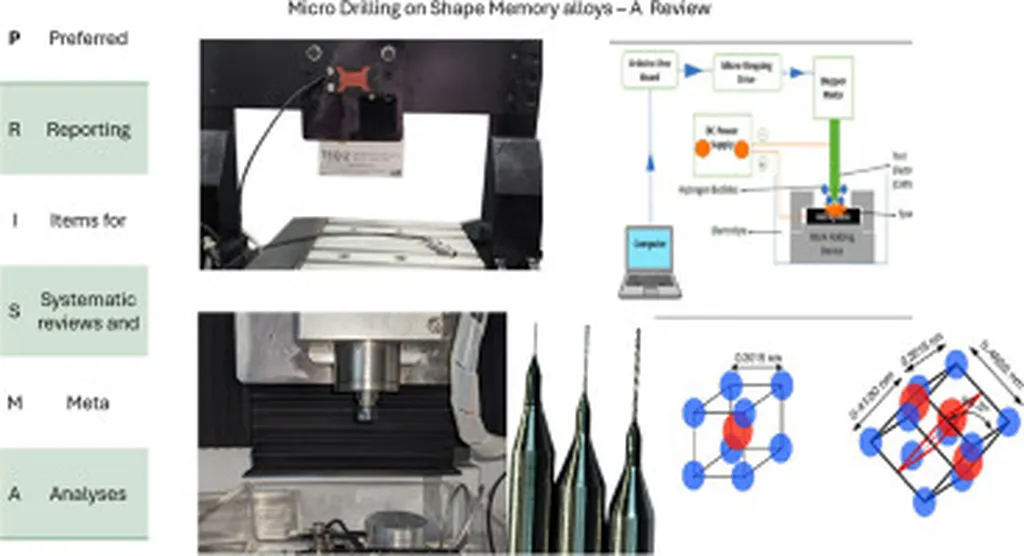In the relentless pursuit of efficiency and reliability in the energy sector, a groundbreaking study has emerged that could revolutionize the way drill bits are designed and utilized. Published in the esteemed journal *Известия Томского политехнического университета: Инжиниринг георесурсов* (translated as *Izvestiya of Tomsk Polytechnic University: Engineering of Georesources*), the research, led by Etibar Y. O. Balaev, explores the application of intermediate elements made of alloys with thermoelastic phase transformations for fixing teeth in drill bit rollers. This innovation promises to enhance the durability and performance of roller bits, potentially saving the energy sector significant time and resources.
The crux of the problem lies in the coupling of teeth and roller cutters in drill bits. During the initial stages of drilling, teeth can dislodge, leading to reduced efficiency and costly emergency repairs. Balaev’s research addresses this issue head-on by proposing the use of transitional locking elements made from alloys that exhibit thermoelastic phase transformations. These materials, known for their shape memory effect and pseudoelasticity (or superelasticity), offer a novel solution to the age-old problem of teeth fixation.
“By leveraging the unique properties of these alloys, we can significantly improve the reliability of hard-alloy teeth fixation in roller bits,” Balaev explains. The proposed design involves conical or friction-conical connections that securely lock the teeth in place, ensuring they remain intact even under the most demanding drilling conditions.
The study employed a range of advanced equipment, including a Shimadzu EDX-8000 X-ray fluorescence analysis device, a Shimadzu XRD-7000 X-ray diffractometer, a RangeVision DIY structured illumination 3D scanner, and an Instron 8801 tensile testing machine. These tools were instrumental in analyzing the operating conditions of roller bits, selecting the optimal titanium nickelide alloy, and conducting tests that confirmed the efficacy of the proposed method.
The results were nothing short of promising. The selected installation method, material, and design demonstrated a marked increase in the reliability of hard-alloy teeth fixation. This enhancement translates to improved penetration per bit and a reduced risk of emergencies, ultimately leading to lower material and time costs during well construction.
The implications of this research are far-reaching. For the energy sector, which is constantly seeking ways to optimize drilling operations, this innovation could be a game-changer. By increasing the durability of drill bits, companies can minimize downtime and repair costs, leading to more efficient and cost-effective drilling processes.
As the energy sector continues to evolve, the integration of advanced materials and innovative designs will play a pivotal role in shaping the future of drilling technology. Balaev’s research is a testament to the potential of thermoelastic phase transformations and their applications in enhancing the performance and reliability of drilling equipment. With further development and implementation, this technology could set a new standard for the industry, paving the way for more efficient and sustainable energy extraction.
In the words of Balaev, “This research opens up new avenues for improving the reliability and efficiency of drilling operations, ultimately benefiting the entire energy sector.” As the industry continues to push the boundaries of innovation, the insights gleaned from this study will undoubtedly contribute to the ongoing quest for more effective and sustainable drilling solutions.

